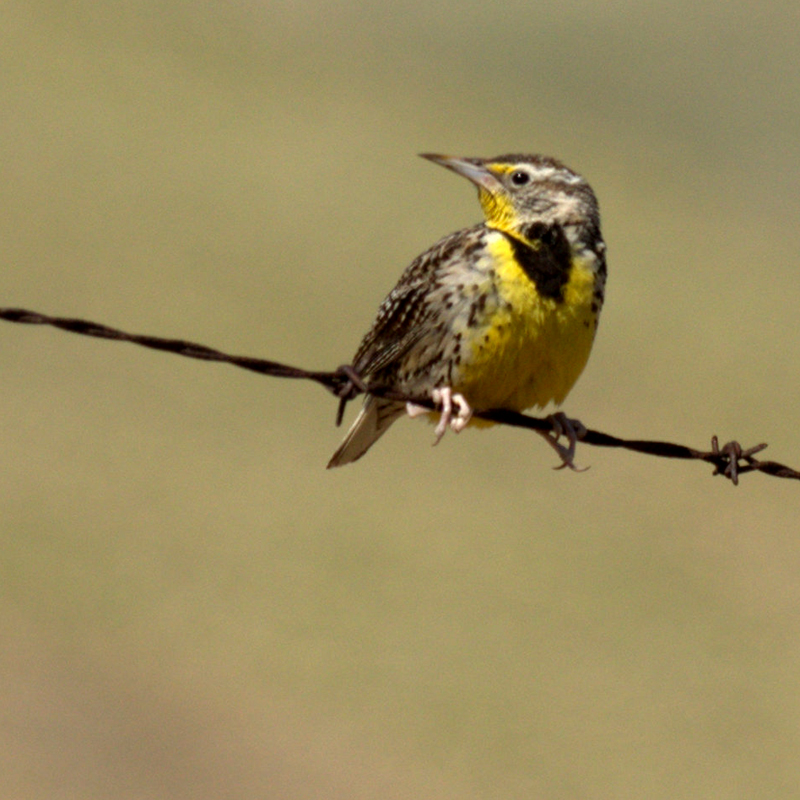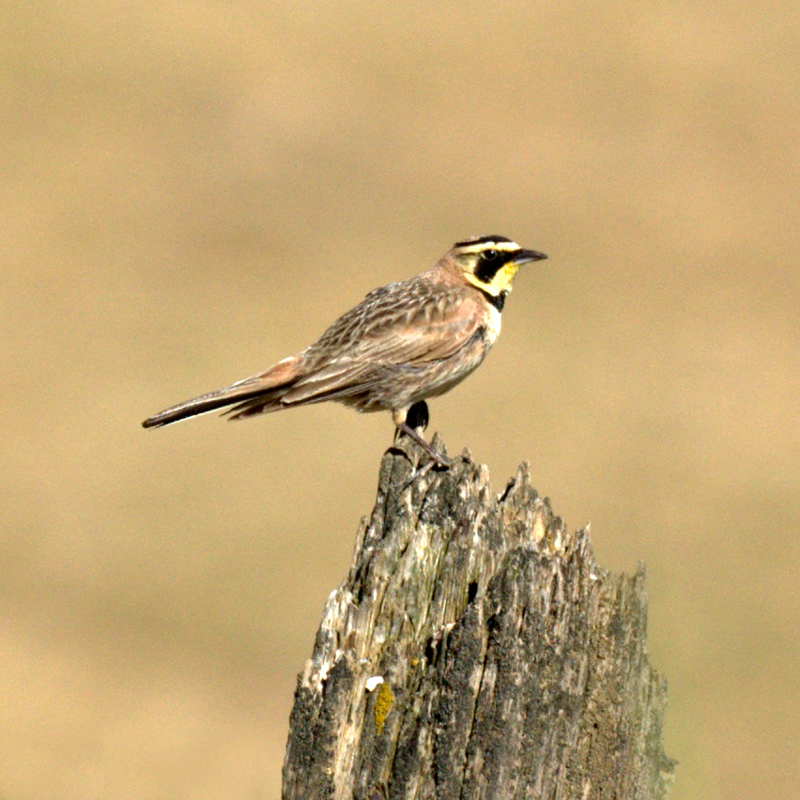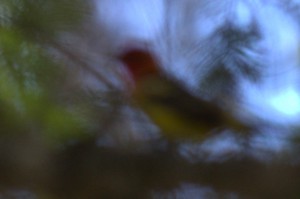
A golden bodied bird with black and white wings and a florescent scarlet head flew up from beside the road and perched on the branch of a small tree, daring me to take its picture before it flew away.
My camera was ready, lying in my lap, and the driver’s side window was rolled down so there was little delay in the attempt to photograph the bird but its departure was quicker still and it flew into a maze of limbs higher up in the tree, where the auto-focus system of the camera was severely challenged.
A quick look at the resultant picture verified my fears, and alas, it wasn’t a picture likely to win a photo contest, the bird’s photo was blurry but still usable as a record to identify the bird. It was a Western Tanager.
Giving chase to the bird was an easy decision. Although I had other pictures of this species the opportunity for a new pose was before me and the game was on the wing.
No sooner was I out of the car, abandoning the vehicle parked in the middle of the road where it would block traffic, when a second bird flew up, perhaps the female partner, and the pair departed.
But then I heard a strange bird call… not the alarm call of a Tanager, but something new, puzzling and loud. Forgetting the wayward Tanager pair I hurried back to my car to retrieve a digital recorder and boom mike. Taking a moment to reposition the car so another vehicle could more easily pass by, although our remote location made the occurrence of traffic unlikely, I also rolled up the window and locked the car in case the safari afield took me out of sight. We were on the road to Bird Creek Meadows, out of Troutlake, WA. The road was closed at the entrance into the Yakama Nation lands but we were in alpine territory. It’s still early spring up there.
The strange bird call continued but it was difficult to put a direction to its location. I made several recordings but without sighting the creature. While wandering about looking for the source of the sound, I startled up another bird… this one a Black-headed Grosbeak… not the culprit either.
Finally the creature tired of calling or perhaps fled the scene. Not having a sighting or photo to go with the sound was disappointing but perhaps I would be able to identify the sound by listening to the Cornell library of bird calls.
Once at home, where I could put the recording on a speaker, I decided perhaps what I had was the sound of a squirrel and not a bird. Listen to it and see if you can identify the creature.
Play recording (30 seconds)
Listeners from Oregon Birders On Line (OBOL) agree that the mystery sound is a Black-backed Woodpecker and definitely not a squirrel. In reading, the bird’s preferred habitat is burned-over timber… that agrees with the location as well since a forest fire occurred there two years ago. Thanks to all that participated in the identity of the sound.
byLarry


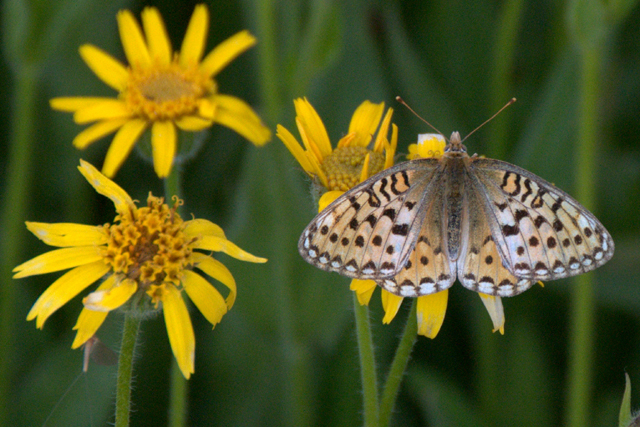
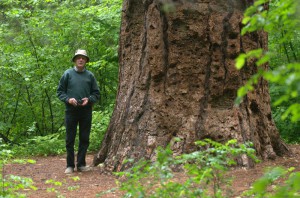 The Troutlake “Big Tree”: Do you know of any big trees? This Ponderosa Pine near Troutlake, WA, is a dandy. Ralph Anderson (in picture), using proper forestry technique, measured the circumference of this tree at 21 feet 10 inches.
The Troutlake “Big Tree”: Do you know of any big trees? This Ponderosa Pine near Troutlake, WA, is a dandy. Ralph Anderson (in picture), using proper forestry technique, measured the circumference of this tree at 21 feet 10 inches.
